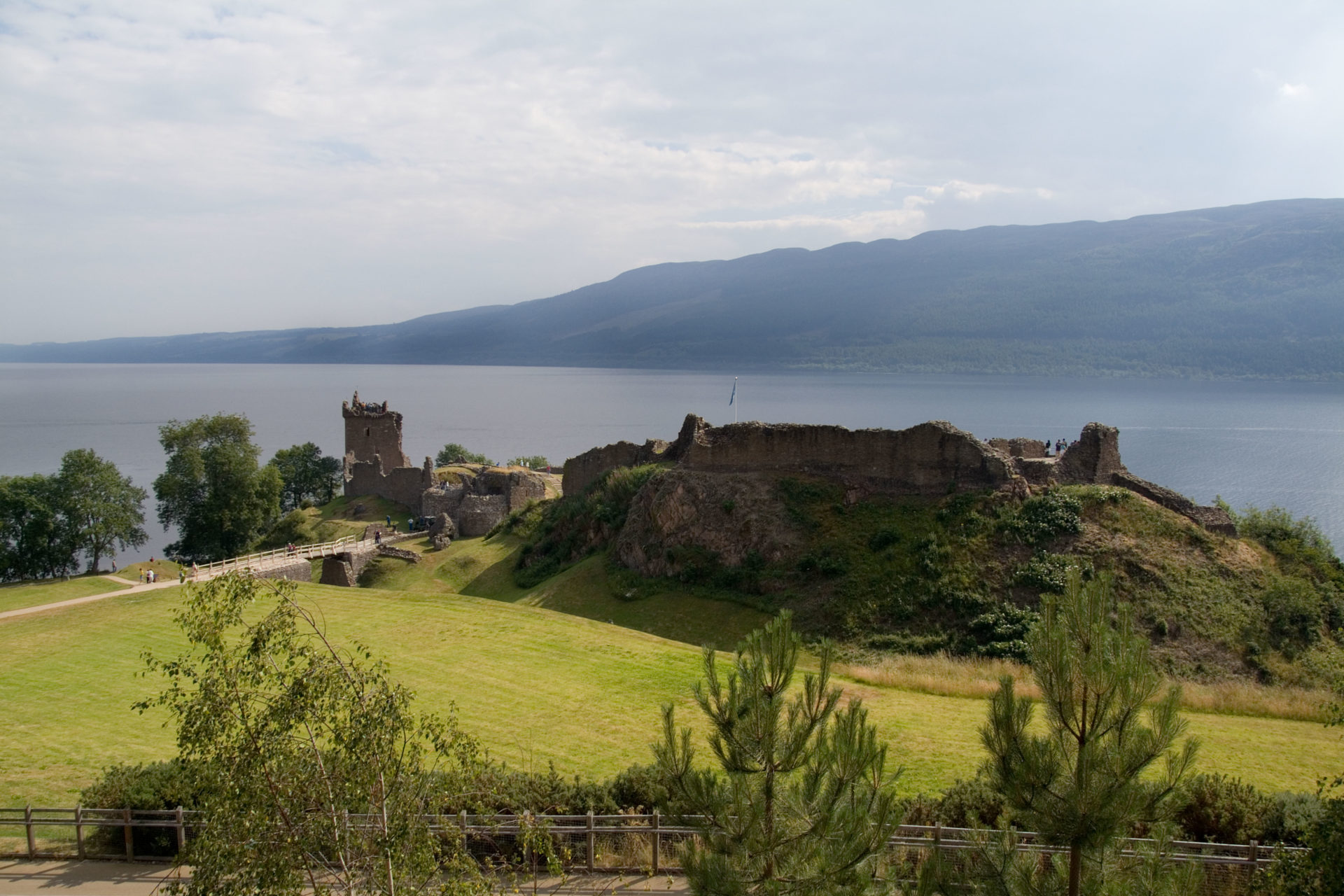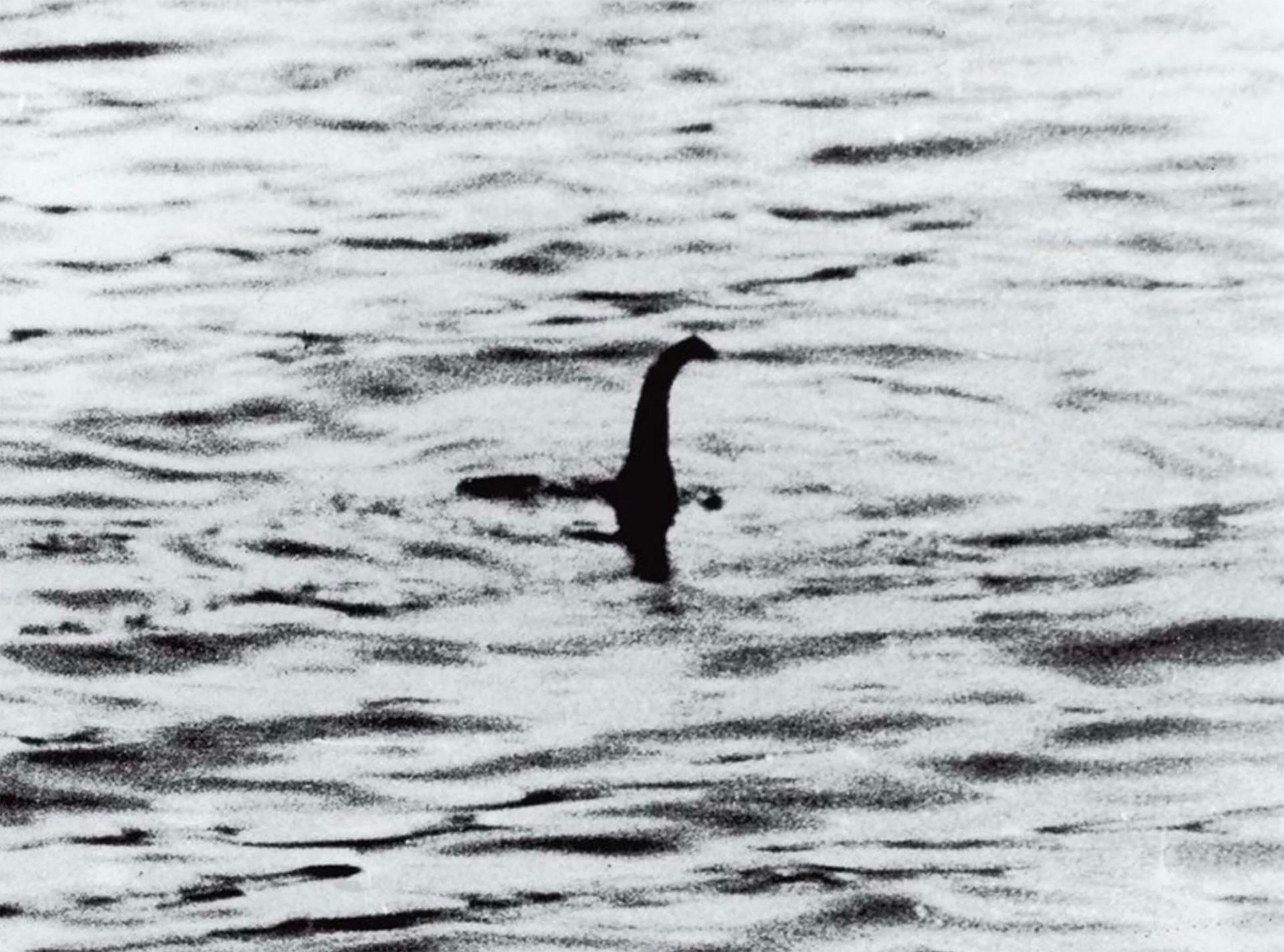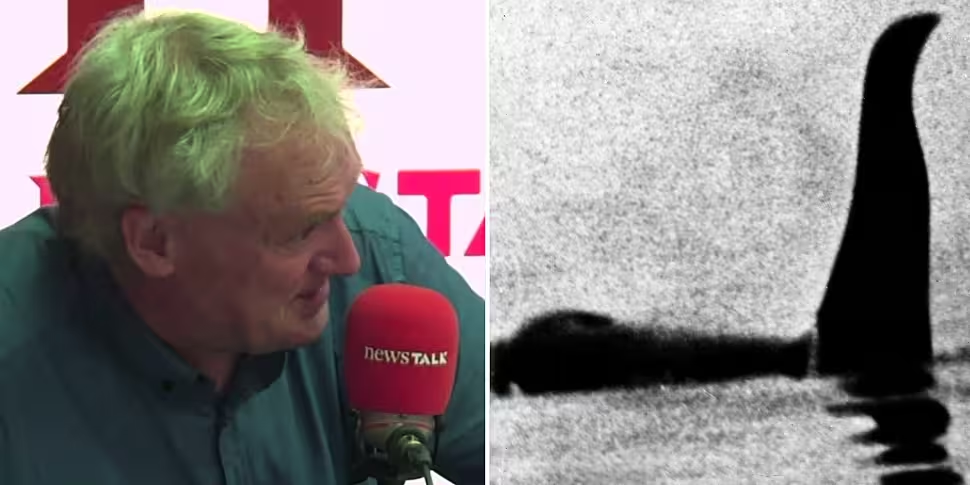While nothing may be proven, the hunt for the Loch Ness Monster is indeed a “legitimate part of science”, according to Trinity Professor Luke O’Neill.
On Show Me the Science, Prof O’Neill looked at the most recent hunt for the alleged creature in Loch Ness.
“The study was using drones to fly over Loch Ness and see what they could find,” he explained.
Monster hunters also used thermal imaging, underwater hydro-phonics and infrared imaging technology to find out if they could see or hear any suggestions of a creature in the water.
“The amount of data coming off these sensors is vast and they’re probably trawling through that information now,” Prof O’Neill said.
Prof O’Neill said the hunt for the Loch Ness Monster is “a legitimate part of science”.
“It’s called cryptology... you might call it a branch of zoology in the broadest sense,” he said.
“The type of animal or creature that is hypothesised to exist but has no evidence is called a cryptid... the Loch Ness Monster is probably the most popular cryptid.”
 Urguhart Castle on Loch Ness where the home of the Loch Ness Monster is supposed to hide. Image: Bill Bachmann / Alamy Stock Photo
Urguhart Castle on Loch Ness where the home of the Loch Ness Monster is supposed to hide. Image: Bill Bachmann / Alamy Stock PhotoThe “evidence” - or search for it – for the Loch Ness Monster goes back a long way, according to Prof O’Neill.
“There are loads of reports over history of some strange beastie in Loch Ness, some dinosaur like creature or animal of some kind,” he said.
The first account of the Loch Ness Monster includes the Irish St Columba, who brought Christianity to the UK.
“This 7th century account describes how he ends up at Loch Ness and comes across some native Picts,” he said.
“They were burying a man, Columba asked why, and they said the man had been killed by a monster in Loch Ness, a ‘water beast’.
“What does Columba decide to do? He goes and looks for evidence - he sends one of his followers into Loch Ness to see if that follower would be attacked.
“Lo and behold, a beast appears and starts to move towards Columba’s followers, but he intervenes by making a sign of the cross and the monster runs away.
“It has been criticised because there are loads of stories of saints banishing monsters, but that’s our first story.”
 The "Surgeon's Photo" taken by Robert Wilson in 1934. Image: Pictorial Press Ltd / Alamy Stock Photo
The "Surgeon's Photo" taken by Robert Wilson in 1934. Image: Pictorial Press Ltd / Alamy Stock PhotoLater accounts of the Loch Ness Monster include the 1934 “Surgeon’s photo” allegedly showing the creature in the lake.
“And in 1954, they used sonar to see what they could find,” Prof O’Neill said.
“In 2018, scientists took samples of water and used PCR (used to detect COVID virus).
“They looked for evidence of strange reptilian DNA, and guess what? They couldn’t find it.
“They did find eel DNA, loads and loads of eels in loch ness, so they thought [the monster] might be a giant eel.
“A lead scientist admitted it could be a tiny eel.”









